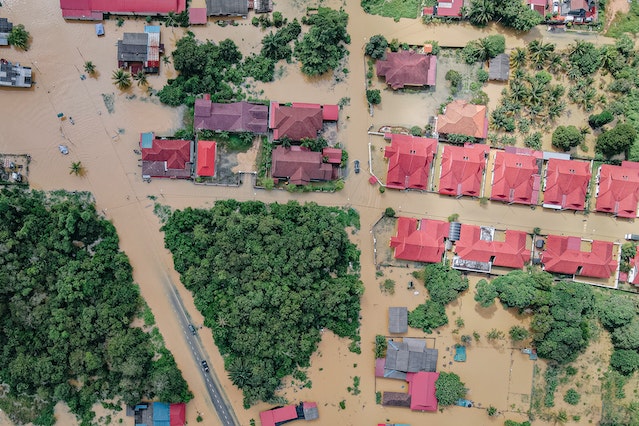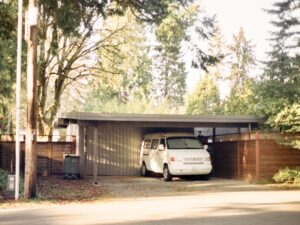Sand bags are essentially bags filled with sand or soil, used to provide a barrier against water or other forces. They can be made of various materials, including burlap, plastic, or woven polypropylene, and can range in size from small sandbags used for flood control to large sandbags used for military defense.
Sandbags are a simple but effective solution to many problems, from flood control to erosion prevention. In this article, we’ll explore the uses and benefits of sand bags, as well as best practices for filling and placing them.
Uses of Sandbags
- Flood Control: Sandbags are often used to prevent or mitigate flooding in areas that are prone to seasonal floods or sudden downpours. They can be used to create a barrier around homes, buildings, or other structures to protect against rising water levels.
- Erosion Prevention: Sandbags can also be used to prevent erosion in areas where the soil is prone to washing away, such as near riverbanks or in coastal areas. They can be used to stabilize the soil and prevent further erosion.
- Military Defense: Sandbags have been used for military defense for centuries, providing a simple and effective way to create protective barriers against gunfire and explosions.
- Construction: Sandbags can also be used in construction to hold down tarps, prevent debris from spreading, or provide temporary support for walls or other structures.
Filling and Placing Sandbags
When filling and placing sandbags, it’s important to follow best practices to ensure the effectiveness and safety of the barrier.
- Fill the bags one-half to two-thirds full with sand or soil. This will make the bags easier to handle and allow for proper shaping and stacking.
- Stack the bags in a pyramid shape, alternating the placement of the bags to create a stable structure. Be sure to tuck the flaps of the bags under the top bag to prevent water from seeping through.
- Overlap the bags at least one-half bag length to create a continuous barrier.
- Create a slight inward slope to the sandbag barrier to help prevent water from seeping around the ends.
- For added stability, cover the top of the sandbag barrier with plastic sheeting or tarps.
- Be sure to monitor the sandbag barrier regularly, and add additional sandbags as needed to maintain the barrier’s effectiveness.
Pros & Cons of Using Different Types of Sand Bags
Sandbags are commonly used for a variety of purposes, from flood control to erosion prevention. When choosing sandbags, it’s important to consider the pros and cons of different types of bags and materials to ensure the best results. Here are some of the pros and cons of using different types of sandbags:
Burlap Sandbags
Pros: Burlap sandbags are an affordable option for short-term use, as they are biodegradable and can be easily disposed of after use. They are also porous, allowing water to seep through slowly and minimizing the risk of erosion.
Cons: Burlap sandbags are not as durable as other types of sandbags and may break down quickly in wet conditions. They also tend to absorb moisture, making them heavier and more difficult to handle.
Polypropylene Sandbags
Pros: Polypropylene sandbags are made of a durable, woven plastic material that can withstand exposure to the elements. They are also resistant to tearing, making them a long-lasting option for extended use.
Cons: Polypropylene sandbags can be more expensive than other types of sandbags, and they are not biodegradable, meaning they cannot be easily disposed of after use.
Tube Sandbags
Pros: Tube sandbags are a unique type of sandbag that come in a long, tubular shape. They can be easily filled with sand or soil and are ideal for creating continuous barriers. They are also lightweight and easy to handle.
Cons: Tube sandbags can be more expensive than traditional sandbags, and they may not be as effective at preventing water seepage due to their shape.
Plastic Sandbags
Pros: Plastic sandbags are a lightweight and cost-effective option that can be easily filled and stacked to create a barrier. They are also resistant to tearing and can withstand exposure to the elements.
Cons: Plastic sandbags are not biodegradable, meaning they cannot be easily disposed of after use. They are also less porous than other types of sandbags, making them more prone to seepage and erosion.
Sandbags are a simple and effective solution to a variety of problems, from flood control to military defense. By following best practices for filling and placing sandbags, you can create a durable and effective barrier to protect your property and belongings. Whether you live in a flood-prone area or are looking for a temporary construction solution, sandbags can provide a quick and effective solution.


